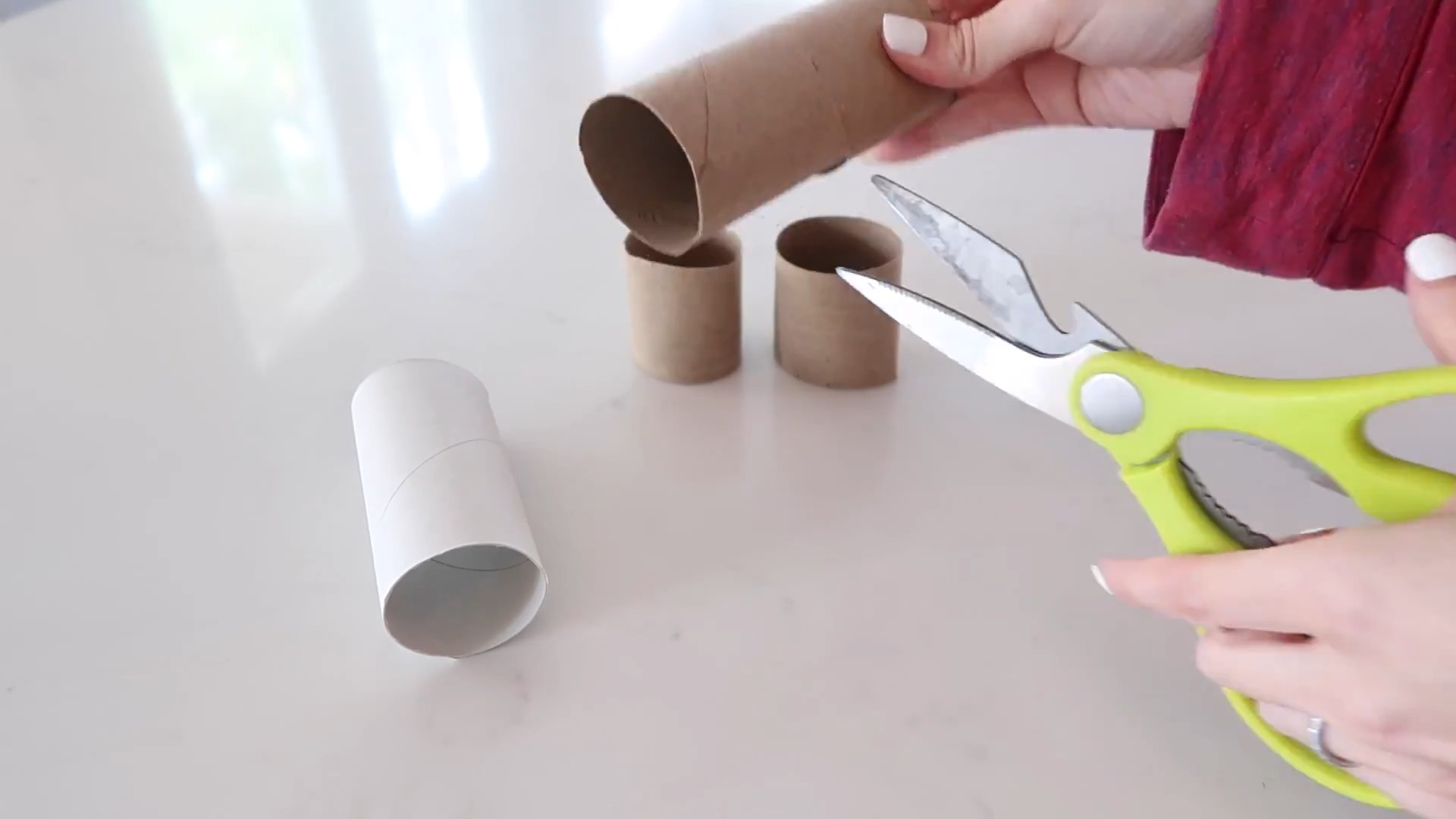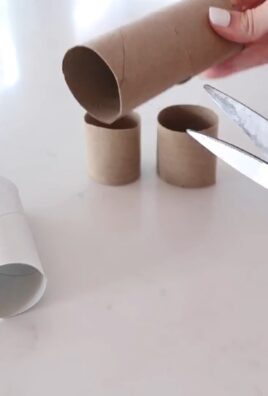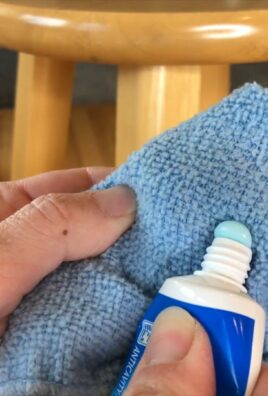Home space transformation hacks – sounds intriguing, right? I’m so excited to share some of my favorite DIY tricks that can completely revamp your living area without breaking the bank. Forget expensive renovations; we’re talking about clever, creative solutions that you can tackle yourself!
Humans have always sought to personalize and improve their living spaces. From ancient cave paintings to meticulously decorated Victorian parlors, the desire to create a comfortable and aesthetically pleasing home is deeply ingrained in our history. Today, with smaller living spaces becoming increasingly common, the need for smart, space-saving, and visually appealing solutions is more crucial than ever. That’s where these home space transformation hacks come in!
Let’s face it, a cluttered or poorly designed home can negatively impact your mood and productivity. Imagine coming home to a space that feels open, organized, and reflects your personal style. These DIY tricks aren’t just about aesthetics; they’re about creating a sanctuary, a place where you can relax, recharge, and feel truly at home. I’m going to show you how to maximize every inch of your space, add personality with simple DIY projects, and create a home you’ll absolutely love. Get ready to unleash your inner interior designer!

Year-Round Zucchini Growing: A DIY Greenhouse Hack
Hey there, fellow gardening enthusiasts! Ever dreamt of fresh zucchini gracing your table even when Jack Frost is nipping at your nose? Well, dream no more! I’m going to walk you through a DIY hack that will allow you to grow zucchini year-round, no matter where you live. It involves creating a mini-greenhouse environment, and trust me, it’s easier than you think!
Understanding the Zucchini’s Needs
Before we dive into the construction, let’s quickly recap what zucchini plants need to thrive. They are sun-loving, warmth-craving veggies. They require:
* Plenty of Sunlight: At least 6-8 hours of direct sunlight daily.
* Warm Temperatures: Ideal growing temperatures are between 65°F and 85°F (18°C and 29°C). They are very sensitive to frost.
* Well-Drained Soil: Zucchini hates soggy roots.
* Adequate Space: These plants can get quite large, so give them room to spread.
* Pollination: Zucchini needs pollination to produce fruit.
Our DIY greenhouse hack will address these needs, allowing us to extend the growing season and even grow zucchini throughout the winter.
Materials You’ll Need
Here’s a list of everything you’ll need to build your mini-greenhouse:
* Clear Plastic Sheeting (Heavy Duty): This will be the main component of your greenhouse. Look for UV-resistant plastic to prevent it from degrading in the sun. I recommend at least 6 mil thickness.
* PVC Pipes (1/2 inch or 3/4 inch): These will form the frame of your greenhouse. The length will depend on the size you want your greenhouse to be. I usually go for 10-foot lengths.
* PVC Pipe Connectors (Elbows, Tees): You’ll need these to connect the PVC pipes and create the frame. Make sure they match the diameter of your PVC pipes.
* Wooden Stakes or Rebar: These will anchor the PVC frame to the ground.
* Clamps or Clips: To secure the plastic sheeting to the PVC frame. Spring clamps or binder clips work well.
* Duct Tape (Waterproof): For sealing any gaps or tears in the plastic sheeting.
* Scissors or Utility Knife: For cutting the plastic sheeting.
* Measuring Tape: For accurate measurements.
* Gloves: To protect your hands.
* Optional: Small Fan: To circulate air inside the greenhouse and prevent mold growth.
* Optional: Thermometer: To monitor the temperature inside the greenhouse.
* Optional: Grow Lights: If you live in an area with very little sunlight during the winter, you might need grow lights to supplement the natural light.
* Zucchini Seeds or Seedlings: Of course, you’ll need something to plant! Choose a variety that is known to be productive.
Building the PVC Frame
This is the foundation of our year-round zucchini haven. Take your time and make sure it’s sturdy.
1. Measure and Cut the PVC Pipes: Decide on the size of your greenhouse. I usually build mine about 4 feet wide, 6 feet long, and 3 feet high. Based on these dimensions, cut the PVC pipes to the appropriate lengths. You’ll need:
* 4 pipes for the base (2 for the width, 2 for the length)
* 4 pipes for the vertical supports
* 4 pipes for the top (2 for the width, 2 for the length)
* Additional pipes for any cross-bracing you want to add for extra stability.
2. Assemble the Base: Connect the pipes for the base using PVC pipe connectors. You’ll need four 90-degree elbow connectors for the corners. Make sure the connections are tight.
3. Attach the Vertical Supports: Insert the vertical support pipes into the corner connectors of the base. You can use PVC cement for a more permanent connection, but I usually just press them in firmly so I can disassemble the greenhouse later if needed.
4. Assemble the Top: Connect the pipes for the top using PVC pipe connectors, just like you did for the base.
5. Attach the Top to the Vertical Supports: Connect the top frame to the vertical supports. Again, you can use PVC cement or just press them in firmly.
6. Add Cross-Bracing (Optional): For added stability, especially if you live in a windy area, you can add cross-bracing to the frame. Cut PVC pipes to the appropriate lengths and connect them diagonally across the frame using tee connectors.
7. Secure the Frame to the Ground: Drive wooden stakes or rebar into the ground at each corner of the base. Attach the PVC frame to the stakes using zip ties or wire. This will prevent the greenhouse from blowing away in strong winds.
Covering the Frame with Plastic Sheeting
Now for the fun part – creating the greenhouse effect!
1. Measure and Cut the Plastic Sheeting: Measure the dimensions of the PVC frame. Add a few extra inches to each side to allow for overlap. Cut the plastic sheeting to the appropriate size.
2. Drape the Plastic Sheeting over the Frame: Carefully drape the plastic sheeting over the PVC frame. Make sure it covers the entire frame, including the top, sides, and ends.
3. Secure the Plastic Sheeting to the Frame: Use clamps or clips to secure the plastic sheeting to the PVC frame. Start at the top and work your way down. Space the clamps or clips evenly to ensure a tight seal.
4. Seal Any Gaps or Tears: Use duct tape to seal any gaps or tears in the plastic sheeting. This will help to prevent heat loss and keep the greenhouse warm.
5. Create a Door (Optional): If you want to be able to easily access the plants inside the greenhouse, you can create a door. Cut a slit in the plastic sheeting on one side of the greenhouse. Attach a piece of plastic sheeting to the top of the slit to create a flap. Use Velcro or snaps to secure the flap closed.
Planting Your Zucchini
Alright, the greenhouse is built! Let’s get those zucchini plants in.
1. Prepare the Soil: Choose a location inside the greenhouse with well-drained soil. Amend the soil with compost or other organic matter to improve its fertility. You can also use large containers filled with potting mix.
2. Plant the Zucchini Seeds or Seedlings: Plant the zucchini seeds or seedlings according to the instructions on the seed packet or plant label. Space the plants appropriately, giving them enough room to grow.
3. Water the Plants: Water the plants thoroughly after planting.
4. Mulch Around the Plants: Apply a layer of mulch around the plants to help retain moisture and suppress weeds.
Maintaining Your Year-Round Zucchini Greenhouse
Growing zucchini year-round requires a little bit of ongoing care.
1. Water Regularly: Zucchini plants need consistent moisture, especially when they are producing fruit. Water the plants regularly, especially during dry periods.
2. Fertilize Regularly: Zucchini plants are heavy feeders. Fertilize the plants regularly with a balanced fertilizer.
3. Pollinate the Flowers: Zucchini plants need pollination to produce fruit. If you are growing zucchini indoors, you may need to hand-pollinate the flowers. Use a small paintbrush to transfer pollen from the male flowers to the female flowers. The male flowers have a long, thin stem, while the female flowers have a small zucchini fruit at the base.
4. Ventilate the Greenhouse: On warm days, open the door or vents of the greenhouse to ventilate it. This will help to prevent the greenhouse from overheating and will also help to prevent mold growth. A small fan can also help with air circulation.
5. Monitor the Temperature: Use a thermometer to monitor the temperature inside the greenhouse. If the temperature gets too high, open the door or vents to cool it down. If the temperature gets too low, use a heater or grow lights to warm it up.
6. Pest Control: Keep an eye out for pests, such as aphids, squash bugs, and squash vine borers. Treat any infestations promptly with insecticidal soap or other appropriate pest control methods.
7. Harvest Regularly: Harvest the zucchini fruits when they are young and tender. Regular harvesting will encourage the plant to produce more fruit.
Troubleshooting Tips
Even with the best planning, things can sometimes go awry. Here are a few common issues and how to address them:
* Lack of Pollination: If your zucchini plants are producing flowers but not fruit, it’s likely due to a lack of pollination. Hand-pollinate the flowers as described above.
* Yellowing Leaves: Yellowing leaves can be a sign of overwatering, underwatering,

Conclusion
So, there you have it! Transforming your home space doesn’t require a massive budget or a professional interior designer. These simple, yet impactful DIY tricks can breathe new life into your living areas, reflecting your personality and creating a more comfortable and inviting atmosphere. We’ve shown you how to maximize space, add pops of color, and create a sense of order and tranquility, all with minimal effort and expense.
The beauty of these hacks lies in their adaptability. Feel free to experiment with different color palettes, textures, and arrangements to suit your individual taste and the unique characteristics of your home. For example, if you’re not a fan of bright colors, opt for muted tones and natural materials to create a more serene and calming environment. If you have a small apartment, focus on vertical storage solutions and multi-functional furniture to maximize every inch of available space.
Consider these variations to personalize your home space transformation even further:
* **Upcycled Furniture:** Instead of buying new furniture, give old pieces a fresh coat of paint or reupholster them with new fabric. This is a sustainable and budget-friendly way to add character to your home.
* **DIY Wall Art:** Create your own unique wall art using simple materials like canvas, paint, and stencils. You can even frame pressed flowers or leaves for a natural and organic touch.
* **Personalized Lighting:** Experiment with different lighting fixtures and bulbs to create the perfect ambiance in each room. String lights, fairy lights, and dimmable lamps can add warmth and intimacy to your living spaces.
* **Aromatic Ambiance:** Use essential oil diffusers or scented candles to create a pleasant and inviting atmosphere. Choose scents that evoke positive emotions and promote relaxation.
* **Green Oasis:** Incorporate plants into your décor to add a touch of nature and purify the air. Choose low-maintenance plants that are easy to care for, such as succulents, snake plants, or ZZ plants.
* **Mirror Magic:** Strategically placed mirrors can create the illusion of more space and reflect light, making your rooms feel brighter and more open.
Don’t be afraid to get creative and experiment with different ideas until you find what works best for you. The most important thing is to create a space that you love and that reflects your unique personality.
We truly believe that these home space transformation hacks are a must-try for anyone looking to improve their living environment without breaking the bank. They are easy to implement, customizable, and incredibly rewarding.
So, what are you waiting for? Roll up your sleeves, gather your supplies, and start transforming your home space today! We’re confident that you’ll be amazed at the difference these simple tricks can make.
And most importantly, we want to hear about your experience! Share your before-and-after photos, your favorite DIY projects, and any tips or tricks you’ve discovered along the way. Let’s inspire each other to create beautiful and functional living spaces that we can all be proud of. Use the hashtag #HomeTransformationHacks on social media so we can see your amazing transformations! We can’t wait to see what you create!
Frequently Asked Questions (FAQ)
Q: How much will these home space transformation hacks cost me?
A: The cost of these hacks can vary depending on the specific projects you choose to undertake and the materials you already have on hand. However, the beauty of these DIY tricks is that they are designed to be budget-friendly. Many of the projects can be completed using repurposed materials, thrift store finds, or inexpensive supplies from your local craft store. Before starting any project, take inventory of what you already have and create a budget to avoid overspending. Focus on projects that offer the most impact for the least amount of money. For example, decluttering and reorganizing your space is completely free and can make a huge difference. A fresh coat of paint is also a relatively inexpensive way to transform a room.
Q: I’m not very handy. Are these DIY projects easy enough for a beginner?
A: Absolutely! We’ve carefully selected these hacks to be accessible to people of all skill levels, including beginners. Most of the projects require only basic tools and minimal experience. We’ve also provided clear and concise instructions to guide you through each step of the process. If you’re unsure about a particular step, don’t hesitate to search for online tutorials or ask for help from a friend or family member. Remember, the goal is to have fun and learn something new. Start with a simple project and gradually work your way up to more complex ones as you gain confidence.
Q: How long will it take to complete these home space transformation projects?
A: The time required to complete these projects will depend on the complexity of the project and your own pace. Some projects, such as decluttering or rearranging furniture, can be completed in a few hours. Others, such as painting a room or building a DIY shelf, may take a few days. It’s important to set realistic expectations and break down larger projects into smaller, more manageable tasks. Don’t try to do everything at once. Instead, focus on one project at a time and celebrate your progress along the way. Remember, the journey is just as important as the destination.
Q: What if I don’t have a lot of space to work with?
A: These home space transformation hacks are especially beneficial for those with limited space. Many of the projects focus on maximizing space and creating a sense of order and organization. Consider using vertical storage solutions, such as shelves and wall-mounted organizers, to make the most of your available space. Choose multi-functional furniture that can serve multiple purposes, such as a sofa bed or a coffee table with storage. Declutter regularly to eliminate unnecessary items and create a more spacious and airy feel. Mirrors can also be used to create the illusion of more space.
Q: How can I personalize these DIY projects to reflect my own style?
A: Personalization is key to creating a home space that you truly love. Don’t be afraid to experiment with different colors, textures, and patterns to suit your individual taste. Choose materials and finishes that reflect your personality and create a cohesive look throughout your home. Incorporate personal touches, such as family photos, artwork, and souvenirs from your travels. The goal is to create a space that feels comfortable, inviting, and uniquely you. Remember, there are no rules when it comes to decorating your home. Let your creativity shine and have fun with the process.
Q: Where can I find inspiration for these home space transformation hacks?
A: There are countless sources of inspiration available online and in print. Browse home décor magazines, websites, and blogs to get ideas for different styles and projects. Follow home décor influencers on social media for daily inspiration and tips. Visit furniture stores and showrooms to see how different pieces are arranged and styled. Don’t be afraid to draw inspiration from unexpected sources, such as nature, art, or fashion. The key is to find inspiration that resonates with you and that reflects your personal style.
Q: What tools and materials will I need for these DIY projects?
A: The tools and materials required will vary depending on the specific projects you choose to undertake. However, some basic tools that are useful to have on hand include a hammer, screwdriver, measuring tape, level, paintbrushes, and sandpaper. Common materials include paint, wood, nails, screws, fabric, and glue. Before starting any project, make a list of the tools and materials you will need and gather them in advance. This will save you time and frustration later on. You can often find affordable tools and materials at your local hardware store or online retailer.
Q: How can I make these home space transformation hacks more sustainable?
A: There are many ways to make these DIY projects more sustainable. Choose eco-friendly materials, such as recycled paint, reclaimed wood, and organic fabrics. Repurpose old items instead of buying new ones. Donate or sell unwanted items instead of throwing them away. Use energy-efficient lighting and appliances. Conserve water by fixing leaks and using low-flow fixtures. By making conscious choices, you can create a more sustainable and environmentally friendly home.





Leave a Comment